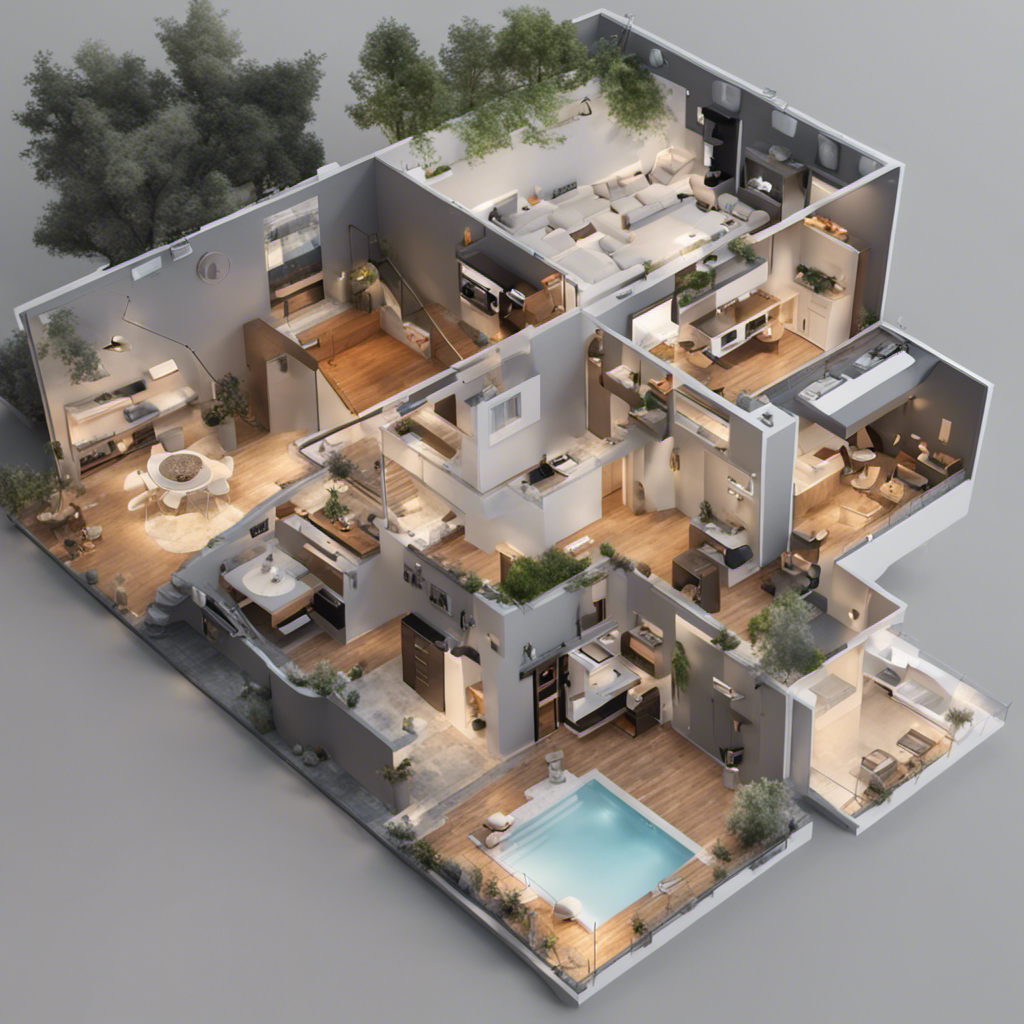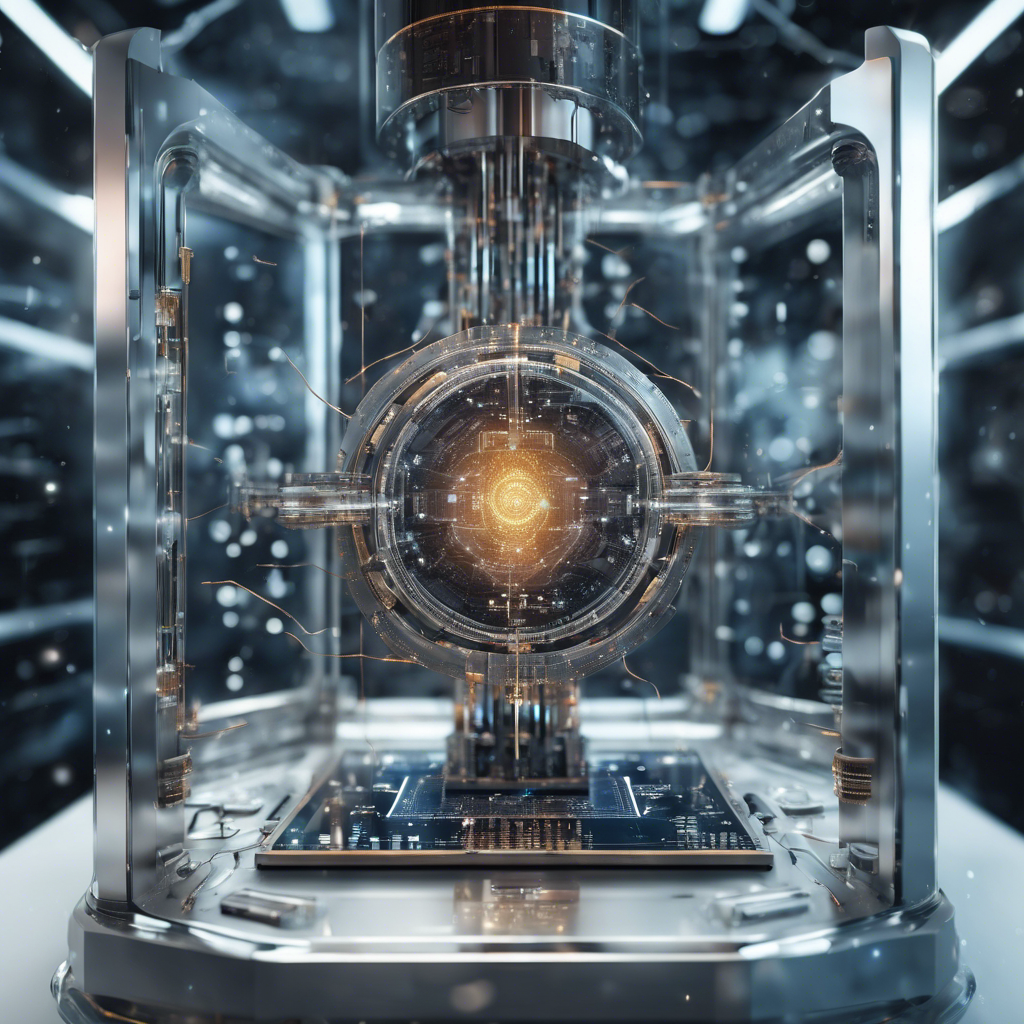
Internet of Things (IoT): An Overview and Future Predictions
In recent years, the Internet of Things (IoT) has emerged as a transformative technology, revolutionizing the way we live, work, and interact with our surroundings. From smart homes to industrial automation, IoT has paved the way for unprecedented connectivity and data exchange between devices, objects, and people. In this comprehensive blog post, we will provide you with an overview of IoT, delve into its applications across various sectors, and make predictions about its future.
Overview of IoT
IoT refers to the network of physical objects embedded with sensors, software, and connectivity capabilities that enable them to collect and exchange data. These objects can include everyday devices such as smartphones, wearables, appliances, and even vehicles. By connecting these objects to the internet, IoT allows for seamless communication and data sharing, creating a web of interconnected devices.
At the core of IoT lies the ability to gather and analyze immense amounts of data. Sensors embedded in devices can collect real-time information on various parameters such as temperature, humidity, location, and usage patterns. This data can then be transmitted to a centralized system or the cloud for analysis and decision making.
Applications of IoT
Smart Homes and Cities
One of the most prominent applications of IoT is in creating smart homes and cities. IoT-enabled devices such as smart thermostats, security systems, and lighting controls allow homeowners to remotely monitor and control various aspects of their homes. For instance, you can adjust the temperature, lock doors, and turn off lights using your smartphone. In smart cities, IoT is used for efficient management of resources, traffic optimization, and enhancing the overall quality of life for residents.
Industrial Automation and Manufacturing
IoT has revolutionized the manufacturing sector by enabling connected factories and smart production lines. Sensors embedded in machines and equipment can monitor their performance, detect faults, and optimize operations in real-time. This not only enhances productivity but also reduces costs and improves worker safety. Industrial automation powered by IoT has the potential to create more efficient and sustainable manufacturing processes.
Healthcare and Wearable Devices
IoT has also made its mark in the healthcare industry, with the advent of wearable devices and connected medical equipment. These devices can monitor vital signs, track physical activity, and provide real-time health data to both patients and healthcare providers. This allows for remote patient monitoring, early detection of health issues, and more personalized healthcare delivery.
Retail and Supply Chain Management
IoT is transforming the retail industry by enabling smart inventory management, personalized shopping experiences, and efficient supply chain management. RFID tags and sensors embedded in products can track their movement throughout the supply chain, ensuring timely delivery and minimizing losses. Smart shelves and shopping carts provide customers with personalized offers and recommendations based on their preferences.
Environmental Monitoring
IoT plays a crucial role in environmental monitoring and conservation efforts. Sensors placed in natural environments can collect data on parameters such as air quality, water levels, and wildlife behavior. This data can then be used to make informed decisions about conservation strategies and resource management.
Future Predictions for IoT
As IoT continues to evolve and mature, several trends and predictions can be made about its future:
-
Interoperability and Standardization: In order to fully realize the potential of IoT, there needs to be a high level of interoperability and standardization among devices and platforms. Efforts are underway to develop common protocols and standards that will facilitate seamless communication between IoT devices and systems.
-
Artificial Intelligence (AI) Integration: AI will play a critical role in making sense of the massive amount of data generated by IoT devices. Machine learning algorithms will enable predictive analytics, anomaly detection, and automation, resulting in more intelligent and autonomous IoT systems.
-
Edge Computing: With the exponential growth of IoT, cloud computing alone may not be sufficient to handle the massive data processing requirements. Edge computing, where data is processed near the source or at the edge of the network, will become more prevalent, enabling faster response times and reducing latency.
-
5G Connectivity: The rollout of 5G networks will provide the necessary bandwidth and low latency required for the seamless connectivity of IoT devices. This will unlock new possibilities and applications for IoT across various sectors, including autonomous vehicles, remote surgery, and immersive virtual reality experiences.
-
Security and Privacy Challenges: With the increasing number of connected devices, ensuring the security and privacy of IoT systems will be a major challenge. Robust encryption, authentication, and data governance frameworks will be essential to protect the integrity and confidentiality of IoT data.
-
Explosion of IoT Devices: The number of IoT devices is expected to skyrocket in the coming years. According to some estimates, there will be over 41 billion IoT devices by 2027. This growth will create opportunities for innovation, but also pose challenges in terms of device management, data handling, and scalability.
Conclusion
The Internet of Things has already begun to reshape our world, enabling new levels of connectivity, automation, and data-driven decision making. From smart homes to industrial automation, IoT has found applications across various sectors, improving efficiency, sustainability, and quality of life. As IoT continues to evolve, we can expect to see further advancements in interoperability, artificial intelligence integration, and the proliferation of 5G networks. However, challenges related to security, privacy, and device management will need to be addressed to ensure the responsible and ethical deployment of IoT technologies. Exciting times lie ahead as IoT drives us towards a more connected and efficient future.
References:
-
Gubbi, J., Buyya, R., Marusic, S., & Palaniswami, M. (2013). Internet of Things (IoT): A vision, architectural elements, and future directions. Future generation computer systems, 29(7), 1645-1660.
-
Borgia, E. (2014). The Internet of Things vision: Key features, applications and open issues. Computer Communications, 54, 1-31.
-
Capra, L., Francalanci, C., & Pernici, B. (2017). The Internet of Things: A survey. Computer Networks, 127, 9-27.






